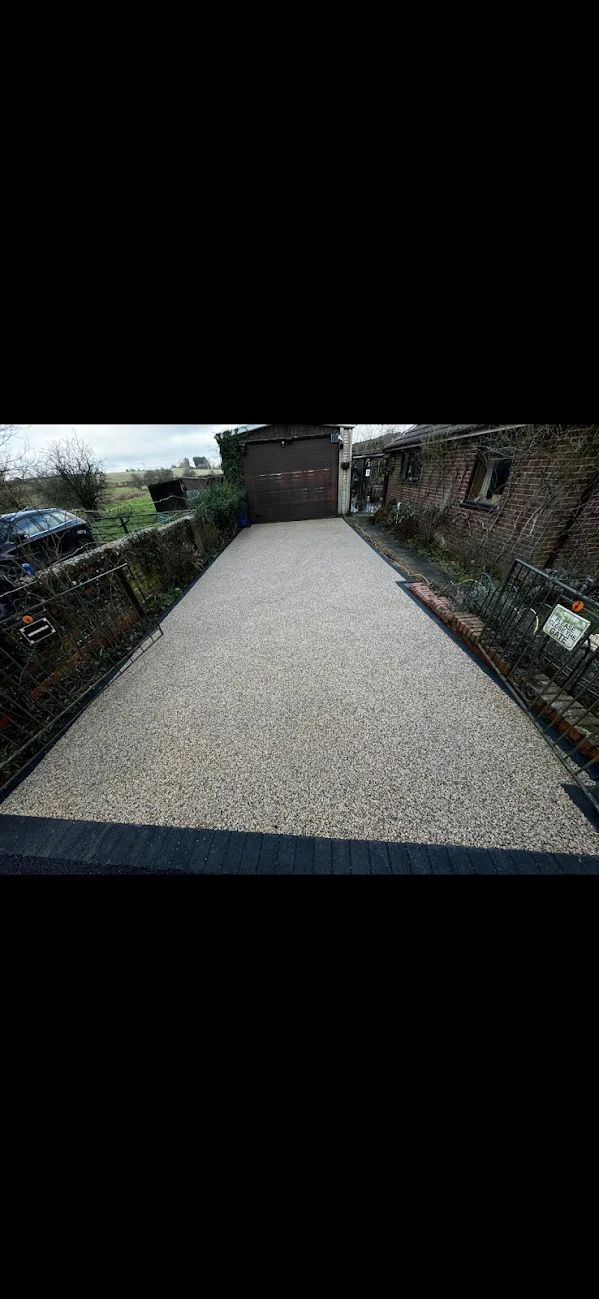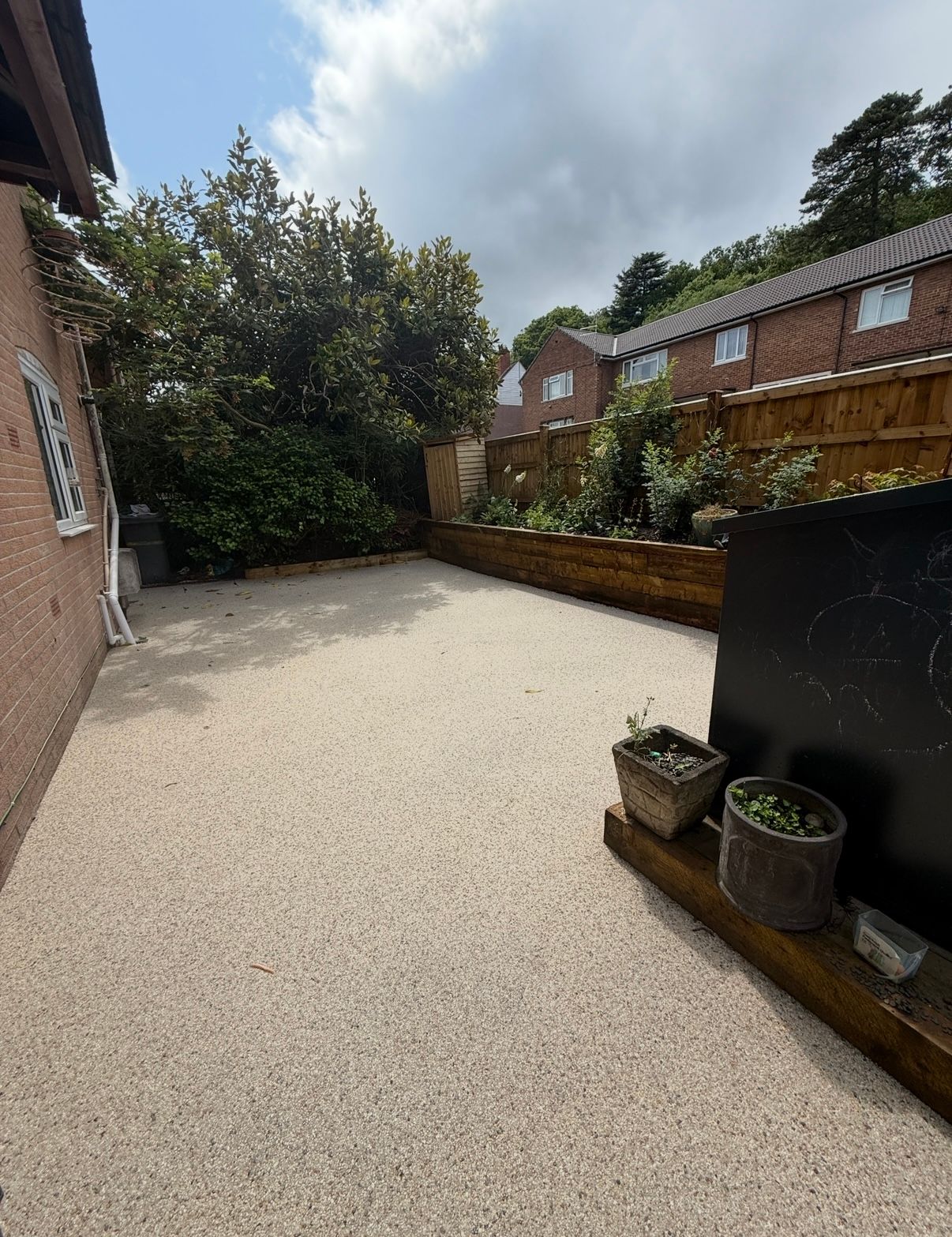Technical Excellence: Creating Seamless Connections from Inside Out
Creating visual continuity between interior flooring and outdoor surfaces involves overcoming several technical challenges. Differences in height, material properties, and environmental exposures must all be addressed to achieve a truly cohesive result. Professional resin installation techniques solve these challenges, enabling truly integrated design schemes.
Precision at the Transition Point
The threshold is often the most critical area connecting indoor and outdoor spaces. Expert installation includes specialised
joint treatments that create visual flow while accommodating the different properties of interior and exterior materials.
Careful planning and precision installation techniques can minimise or eliminate transition strips.
Engineering Solutions for Design Challenges
Creating
level thresholds requires careful measurement and preparation. Professional installers factor in the finished heights of both interior and exterior surfaces, ensuring smooth transitions between spaces. Properly designed
expansion joints allow for the different movement patterns of indoor and outdoor materials without creating visual disconnection.
Material Selection for Visual Cohesion
Aggregate selection forms the foundation of successful indoor-outdoor harmony. By
choosing resin aggregates that complement interior flooring materials in colour and texture, installers create visual connections that appear natural and intentional. Expert
colour blending techniques can create custom mixes that precisely match or complement interior elements.
The Installation Process
Creating seamless connections begins with thorough
surface preparation to ensure proper adhesion and longevity. The
resin application process is carefully controlled to achieve consistent colour and texture that aligns with the design intent. Finally,
seamless finishing techniques ensure the junction between interior and exterior surfaces appears natural and unforced.
The technical expertise behind successful indoor-outdoor transitions often goes unnoticed in the finished project—which is precisely the point. When professional installation techniques are applied correctly,
the result is a flowing space where the boundaries between inside and outside become pleasantly blurred, creating an expanded sense of space and cohesive design throughout your property.
View our YouTube video on the subject below:




